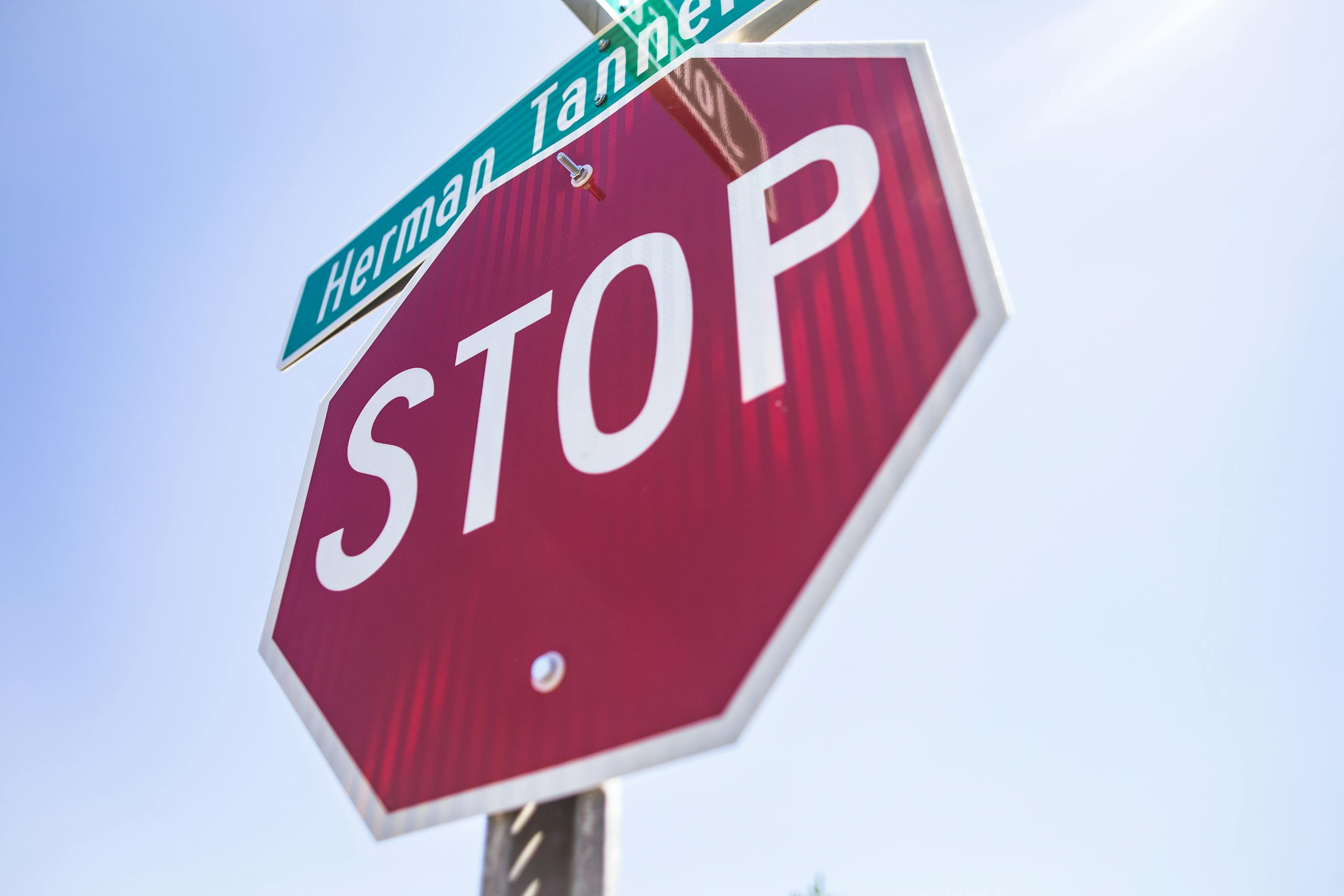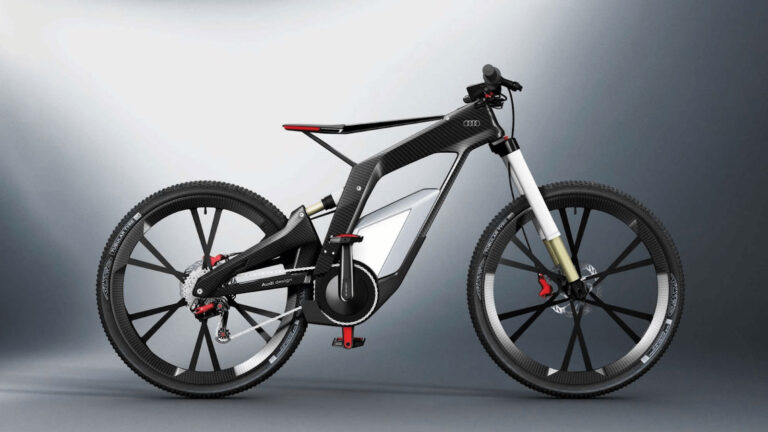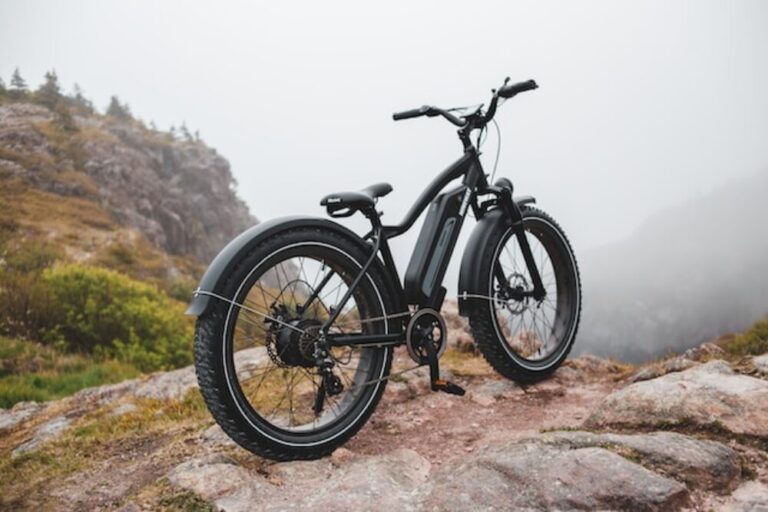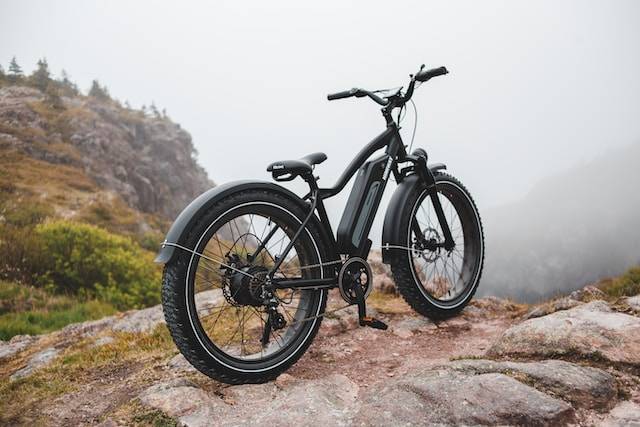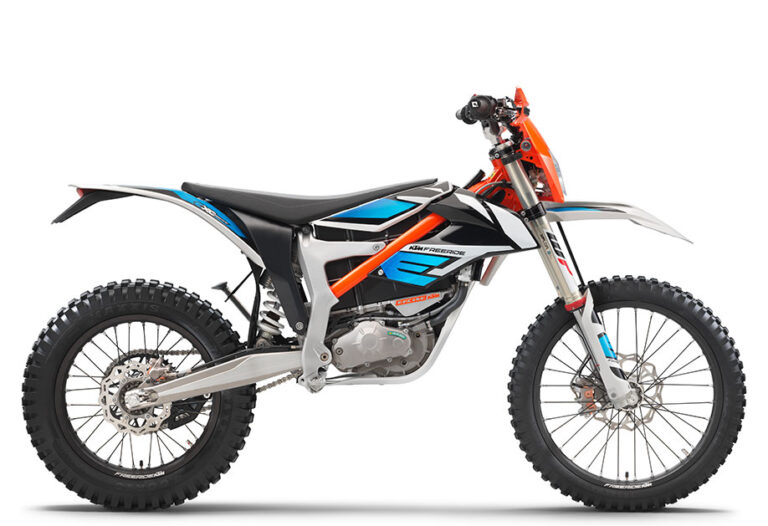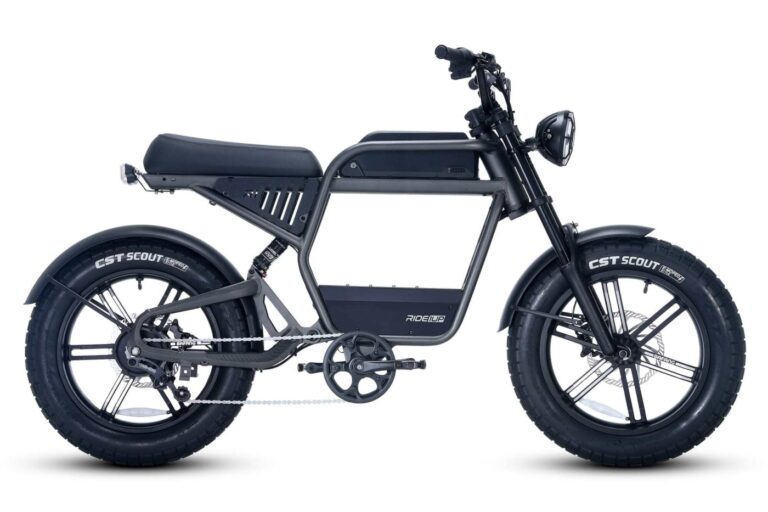Why Cyclists Should Roll Through Stop Signs: The Safety Benefits of the Idaho Stop
As we look for ways to reduce our carbon footprint and enhance the sustainability of our transportation systems, encouraging more people to cycle—whether on electric bikes or traditional bicycles—proves to be highly effective. Cycling not only cuts emissions but also boosts overall health and well-being. However, ensuring the safety of cyclists is crucial to promoting this mode of transport. Recent studies suggest that one effective way to protect cyclists at intersections is to allow them to roll through stop signs, a practice known as the “Idaho stop.”
The Idaho Stop: What It Is and Why It Works
The term “Idaho stop” originates from the state of Idaho, which first adopted this law in the 1980s. Under the Idaho stop law, cyclists can treat stop signs as yield signs. This means they are allowed to slow down, check for traffic, and proceed through the intersection without coming to a complete stop. In some places, this rule also applies to red lights, where cyclists can treat them similarly to stop signs.
Contrary to common frustration among drivers who see cyclists rolling through stop signs, research shows that the Idaho stop can actually enhance safety rather than diminish it. A recent University of Oregon study examined cyclist and driver interactions at intersections and found that allowing cyclists to roll through stop signs resulted in safer outcomes. The study revealed that cyclists preferred the Idaho stop, and when drivers were educated about this law, they approached intersections more cautiously, reducing risky situations for cyclists.
The main takeaway from the study is that the Idaho stop allows cyclists to perform actions they naturally prefer, which contributes to a safer interaction between cyclists and drivers. Educated drivers created fewer dangerous scenarios, proving that the Idaho stop can improve overall safety at intersections.
Supporting Evidence from Various Studies
Several studies reinforce the benefits of the Idaho stop. For instance, research conducted in Delaware, one of the eight states with Idaho stop laws, showed a 23% reduction in car-bike crashes at intersections after the law was enacted. Similarly, a study by the Florida Department of Transportation in Tampa Bay found that dangerous street design and motorist behavior, not cyclist behavior, are the primary risks to cyclists. This study also found high compliance with traffic laws among cyclists, contradicting the perception that cyclists frequently break rules.
Although a study from Illinois showed no significant change in the rate of crashes following the implementation of the Idaho stop law, it did note a decrease in the severity of crashes. This suggests that while the overall number of crashes remained stable, the Idaho stop helped reduce the seriousness of injuries.
Even the National Highway Traffic Safety Administration (NHTSA) acknowledges that there is no evidence suggesting that stop-as-yield laws for cyclists increase conflicts with other road users.
Why Rolling Through Stop Signs Is Safer
Intersections are particularly hazardous for cyclists because they are designed primarily for cars. When cyclists stop at an intersection, they can become less visible to drivers, who often focus on other vehicles rather than smaller, slower-moving bikes. By rolling through stop signs, cyclists spend less time in these high-risk areas, moving quickly out of intersections and back into the relative safety of bike lanes and straightaways.
Cyclists tend to approach intersections cautiously out of self-preservation. Unlike drivers, who are protected by a heavy vehicle, cyclists face greater risks and therefore have a strong incentive to ensure their own safety by carefully checking for traffic.
In summary, the Idaho stop not only aligns with natural cyclist behavior but also contributes to overall road safety. Streets become safer when there is a mutual understanding among all road users and when drivers respect cyclists as legitimate road users. Promoting the Idaho stop can help reduce conflicts and foster a safer environment for everyone on the road.
What do you think about the Idaho stop and rolling through stop signs for cyclists? Do you believe it could make our streets safer, or do you have concerns about this approach? Share your thoughts and experiences in the comments below! Let’s discuss how we can create safer, more bike-friendly communities together.
RELATED CONTENT
Kristina Grant is not just an enthusiast but a true authority on electric bikes. Nestled in the coastal beauty of Virginia, Kristina has found the perfect backdrop for her passion for electric biking. As a dedicated wife and homeschooling mom, her life revolves around family, faith, and the thrill of adventure.
Originally hailing from Ohio, Kristina's journey with electric bikes began as a curiosity and quickly evolved into a deep expertise. Her blog is a testament to her love for electric biking, combining her fascination for eco-friendly transportation with her coastal lifestyle.
When she's not cruising the beach on her electric bike, you'll find Kristina indulging in her other loves: long walks along the shore, getting lost in a good book, and cherishing moments with her loved ones. With a heart as big as her love for animals, especially cats, Kristina brings a unique perspective to the electric bike world, grounded in her strong faith in God and her dedication to a sustainable lifestyle.
Through her blog, Kristina shares her extensive knowledge of electric bikes, offering valuable insights, tips, and recommendations to fellow enthusiasts. Whether you're a seasoned rider or a newcomer to the electric bike scene, Kristina's blog is your go-to source for all things electric biking, fueled by her passion, expertise, and the scenic beauty of coastal Virginia.

